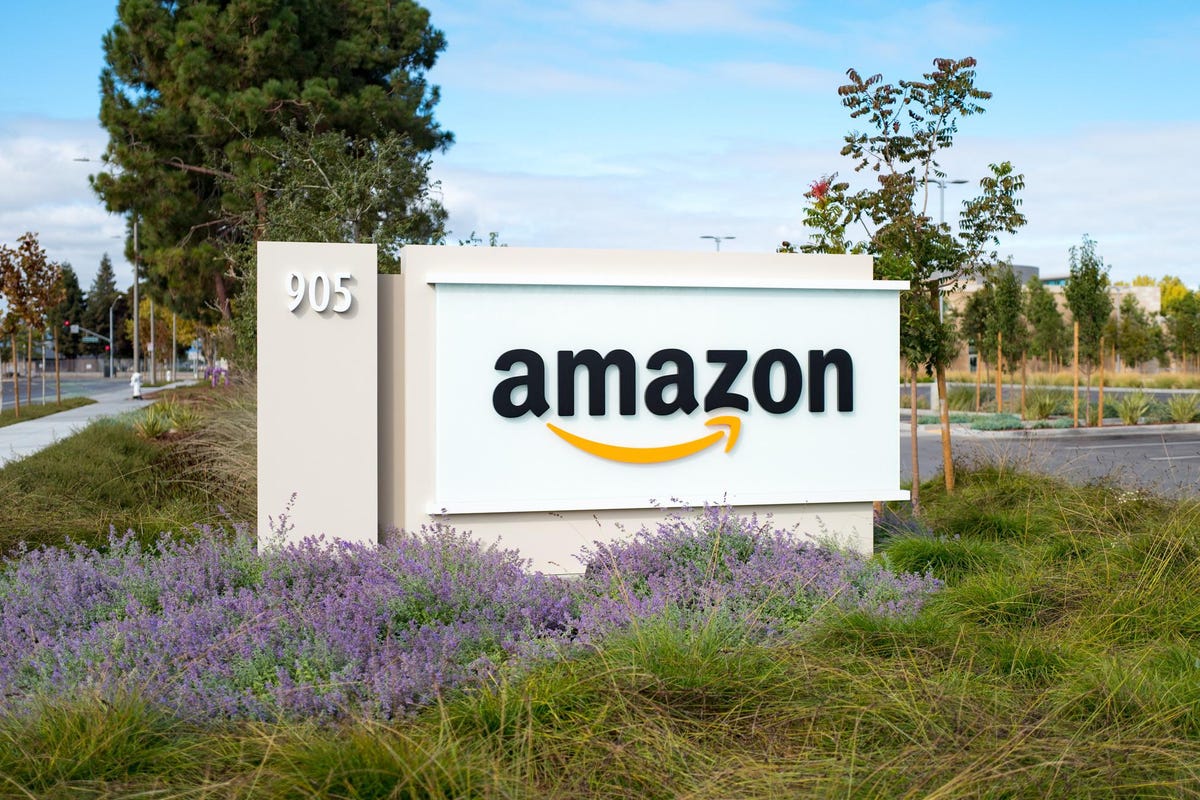Amazon
AMZN
“Bring in the boost to the economy,” officials said. “Get the jobs.” The motivation certainly couldn’t have been boosting tax revenues, since Amazon, through the process, had set off a game of Limbo. How low can you go?
But jobs are something politicians can bring to the people when it comes time for reelection, otherwise known as arguing and even pleading to keep your own position. Jobs are important, but at what price? A new study promises to help put it into perspective, including a small rate of job creation and costs per job that are double what the positions pay.
Who do subsidies ultimately serve?
There were many signs on the so-called HQ2 deal that Amazon wasn’t to be trusted on the trade. New York was wise enough to ultimately pass. The question must go beyond whether a deal will work, the needed investments the government and people need to make, and just how many jobs can officials claim as something they delivered.
What do the local communities need and will this support them? Are businesses there for people or do come first corporations in a trickle-down economics mindset where everyone assumes the populace might get something?
That is the background. Researchers Ike Brannon at the Jack Kemp Foundation and Russell Kashian and Matthew Winden, both professors of economics at the University of Wisconsin, said that ultimately subsidies didn’t seem to deliver what they promised.
They obtained relocation subsidies data from the left-leaning think tank Good Jobs First, which was a compilation of subsidies for Amazon projects since 2000. This is likely an understatement, because not all subsidy projects and amounts are made public.
Out of 106 subsidy reports, they worked down to 81 subsidy observations, including 70 distribution centers, three data centers, one airport hub, one audible center (for internet retailing), and six offices. “The facilities range across 36 states in the continental U.S., with a mean subsidy of $16 million, a minimum of $128,000, and a maximum of $801 million, which went to lure a distribution center to Mercer, New Jersey,” they wrote.
They next used Bureau of Economic Analysis county economic and employment data and population data from the Census Bureau and employed a statistical technique called regression to understand the relationship between different variables.
They found “little support for the notion that subsidies to Amazon have been effective at creating jobs.” For each million dollars of subsidy, they found a 0.003% increase in employment, or 5.6 jobs in the initial year and no statistically significant number of jobs in future years. With an average subsidy amount of $16 million, that suggested an average employment increase of 0.048%. The subsidy cost per job was about $179,000.
In the counties they studied, the average job growth rate was 0.64%, or 13 times higher, which does raise the question of why anyone would bother to offer large subsidies as the incremental growth in jobs was so low.
For employee pay, they turn to recruitment website Talent.com, though there’s a problem in this part of the analysis. “We also find that the subsidies dwarf the actual pay of the jobs created: an analysis published by the recruiting website Talent.com reported that the average [Amazon] warehouse worker earns $32,000 a year, and the other occupations associated with fulfillment centers receive between $39,000 and $79,000,” they wrote.
Two problems here. Talent.com said the information was based on 10,000 salaries, but are those accurate numbers of what people end up getting or what is published as offered? Over what time period were the numbers gathered? How has that data possibly changed?
The other problem is larger. These are for jobs at fulfillment centers, but the study includes a broader range of facilities. It seems unlikely that jobs at a data center or even office building would necessarily fall into the same salary range.
That takes some of the shock value out of the findings, but does that ultimately matter? Say that the jobs paid three quarters of what the costs were. Is that good? With an average subsidy of $16 million and 5.6 jobs per million, that’s 90 jobs. Nice to have, but not enough to argue for Amazon driving additional economic activity. Especially if workers already lived in the area and regularly spent money.
Why wouldn’t governments hire people directly for work that might need to be done and pay less? Or use the money to help start and support local businesses at a much lower cost?
Read the full article here


